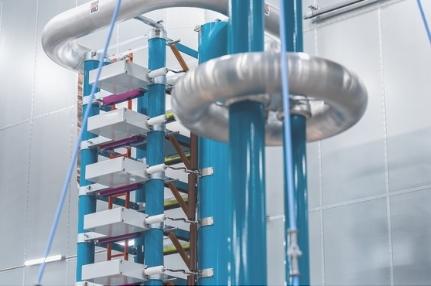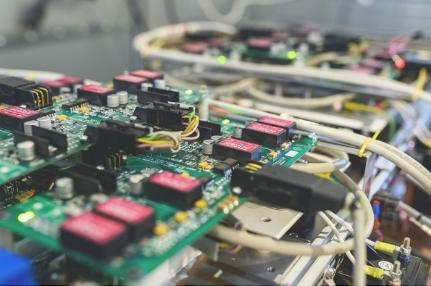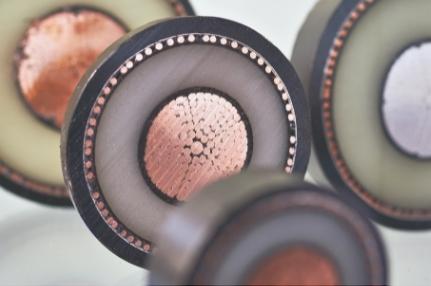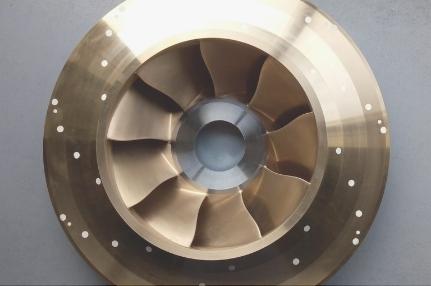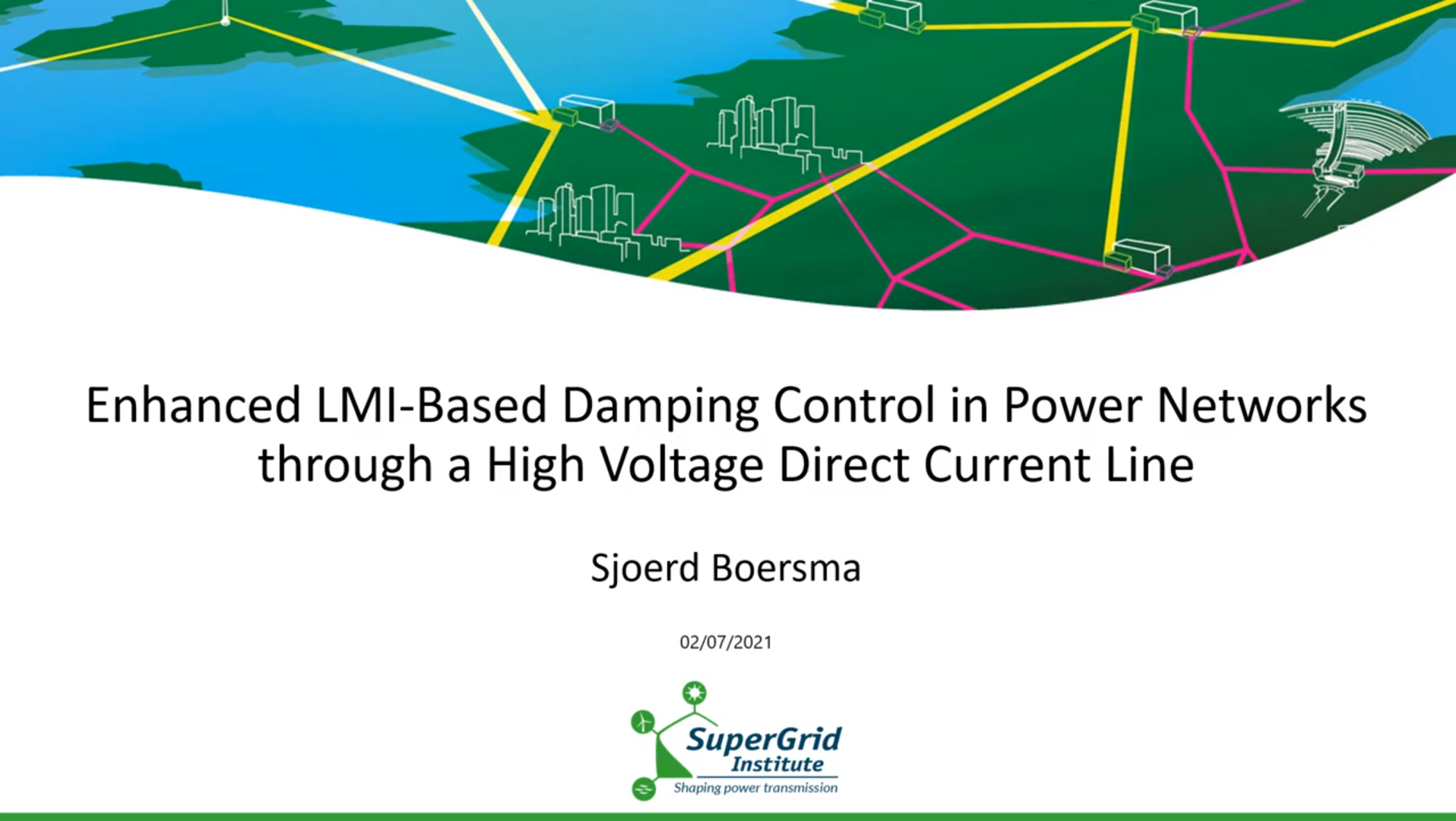Research & Collaboration
What makes us unique?
SuperGrid Institute owes its success to the people who make up our various research departments. Our teams come from diverse backgrounds in industry and academia, and their wealth of experience and skills make the Institute unique. Each individual brings specific expertise to the table.
This melting pot of knowledge offers opportunities for specialists from different fields to collaborate on new and innovative solutions to technical problems.
The Institute also benefits from close collaborative relationships with industry and academic institutions. The complementary strengths of our partners provide insights and innovative approaches to technical challenges. At the same time, we retain total independence in our research. Public-private investments and collaborative projects finance our work.
SuperGrid Institute’s state-of-the-art research facilities, test platforms and laboratories at the Villeurbanne and Grenoble sites are key to the success of our five research departments.

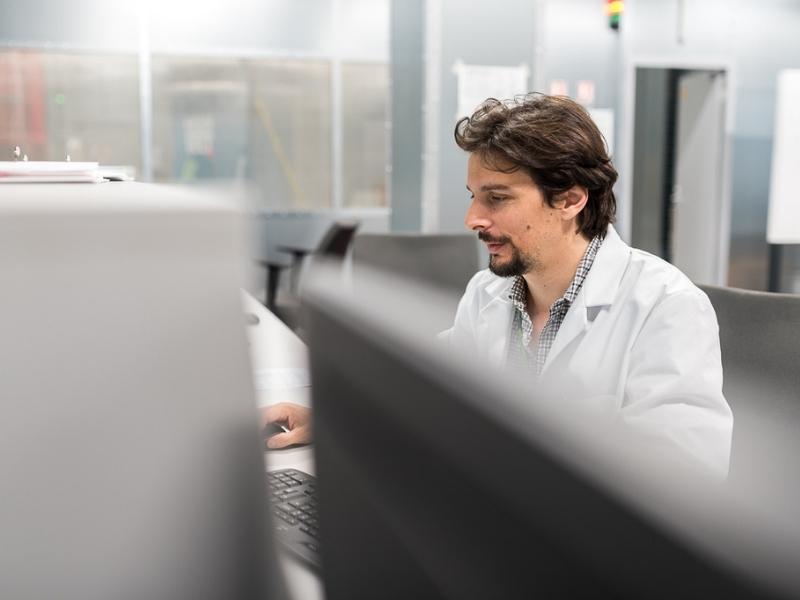
Latest scientific publications
Model Predictive Control for AC/DC Energy Management of a Modular Multilevel Converter Operated in Grid-Forming Mode
A complete control solution is proposed that uses the Model Predictive Control for AC/DC energy management of a MMC controlled in grid-forming mode.
Enhanced LMI-based Damping Control in Power Networks through a High Voltage Direct Current Line
This paper proposes an output-feedback controller that aims at diminishing these oscillations.
Electrical and optical partial discharge assessment of dielectric barriers in mineral oil and synthetic ester
In this study, different barriers were tested in mineral oil and synthetic ester liquid.



